I Dig Sports

Auto racing at the Bloomsburg Fair, the largest fair in Pennsylvania, dates back to the roaring ’20s. Many notable drivers, especially those who raced midgets, have competed there, including household names such as Mario Andretti.
Racing at the fair came to an end when a car landed on a vendor’s stand in the mid-’80s. No one was injured, but the fair’s board of directors decided racing was too much of a liability to continue. Some of the ARDC midget drivers who competed there also felt that half-mile tracks like the one at the fairgrounds generated too much speed for a midget.
Hometown hero John Heydenreich, a four-time winner of races at the Bloomsburg Fair track, won the last race on its half-mile cinder oval in 1987. That event was promoted by another hometown hero and driver, Randy Mausteller.
A new era will dawn this spring, however, as a new three-eighths-mile dirt oval known as Bloomsburg Fairgrounds Raceway will open at the fairgrounds on May 29 with a USAC Eastern sprints and ARDC midgets doubleheader. It will be the first race at the track in 34 years. Heydenreich plans to compete there this year in selected events and he and many other drivers and fans are more than a little excited about racing returning to Bloomsburg.
There are eight events on the track’s schedule. Brian Wawroski, a member of the fair’s board of directors, said the intention is to run 12-15 special events each.
The promoter will be five-time National Sprint Car Hall of Fame Promoter of the Year Steve O’Neal, who is taking on these special events in addition to his work at Port Royal Speedway.
“Port Royal and Bloomsburg want to work together,” Wawroski said. “We’re not wanting to compete with Port Royal, and by having Steve on board as the promoter, he won’t allow that to happen. We’re doing special events only, too. We don’t want to make it a weekly event.”
The new clay track is being built inside the old half-mile cinder track, which will still be used for horse racing during the fair. There will be about 10 percent banking in the turns and slight banking on the straightaways of the new track.
The existing grandstand that seats 5,500 will be kept. All of those seats have backs. The red seats, which account for about a third of the seating, are individual seats and the remainder are bleacher seats. Additional bleachers will be brought in and a dirt viewing mound for the pit area is also being contemplated. Musco lighting is being installed.
Construction cost is an estimated $1 million, which is being undertaken by the fair and its sponsors.
The revitalization of racing at the fair was spurred on by discussions last summer.
“The Armory Group and USAC were in town for our Monster Truck Jamboree last July,” Wawroski explained. “The Armory Group builds an infield track at the fair for the jamboree. We were all talking about how nice it would be to have racing again at the fair and we all agreed we wanted it to be top-notch. So we started talking about it seriously, and things progressed.”
The Armory Group is doing the construction and USAC’s Levi Jones is a consultant on the project.
“He helped design the track and sent us in the right direction,” Wawroski said. “We added banking to turns three and four, and when that’s done, he’ll come in and test it. He has in mind a track that will be able to host several different divisions of racing, such as late models and modifieds, and not just midgets and sprint cars. Our first race will be a USAC event. Having USAC come in is a huge thing for the Bloomsburg Fair Raceway and for the community.”
The USAC AMSOIL National Sprint Car Series will visit the track June 20 and the USAC midgets have an Aug. 6 event there.
The URC sprints have two dates, as does the ULMS late model series. The Short Track Super Series modifieds visit July 14 and the Pa. Sprint Series 305 sprints share the card with them on July 25. Details have yet to be announced for the card on Oct. 2, which will be a highlight of the 166th annual fair that runs Sept. 24 through Oct. 2.
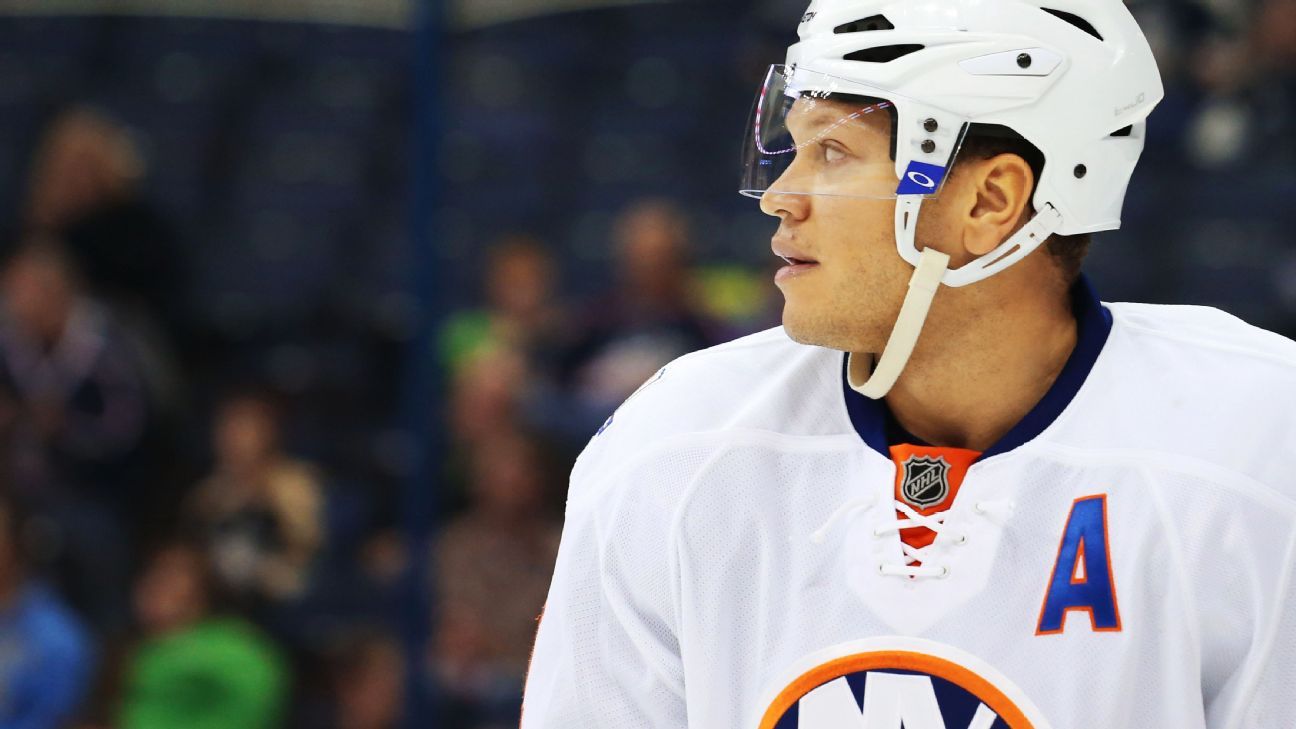
Buffalo Sabres forward Kyle Okposo will miss the rest of the season after undergoing surgery to repair a broken bone in his cheek, the team announced Saturday.
Okposo was injured when he was hit in the face by a puck during Thursday's win over the Washington Capitals.
The 32-year-old finishes the season with two goals and 11 assists in 35 games.
The Sabres have been struck by a rash of injuries lately, including goaltender Linus Ullmark being week-to-week with a lower-body injury and captain Jack Eichel being ruled out for the season with a herniated disk.
Kiran Carlson scores second ton for match to bring Glamorgan back into contest
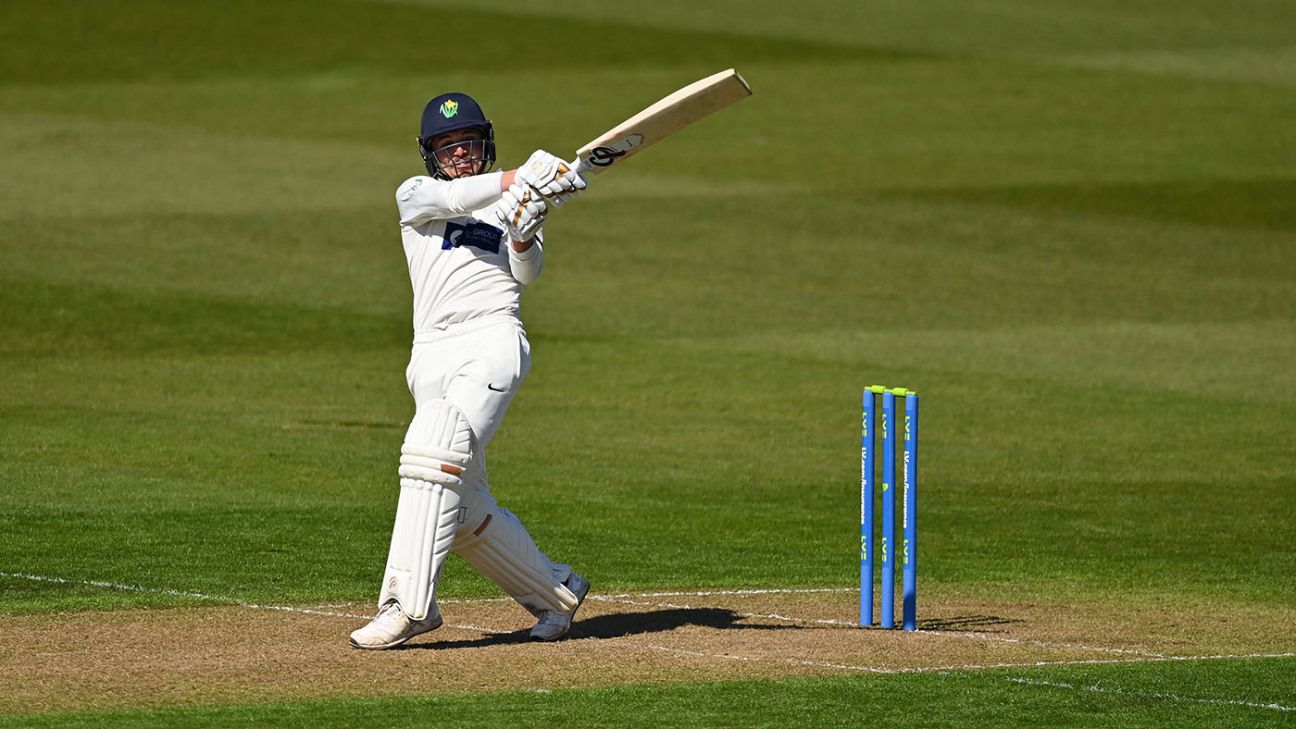
Glamorgan 285 and 258 for 5 (Carlson 129*, Robinson 4-59) lead Sussex 481 (van Zyl 113, Garton 97, Haines 87, Robinson 67*, Thomason 67) by 62 runs
Kiran Carlson scored his second hundred of the match as Glamorgan brought themselves back into the contest against Sussex in the LV=Insurance County Championship.
Sussex finished their first innings on 481 all out, 196 runs ahead of Glamorgan. As in the first innings of this match, Glamorgan's top order struggled but Carlson came to the rescue once again.
Ollie Robinson was a class apart, claiming 4 for 59, but the other Sussex bowlers struggled to match his penetration.
Carlson's 129 means that Glamorgan go into the last day leading by 62 runs with five second-innings wickets in hand.
It took just three balls to wrap up the Sussex first innings with Robinson dismissed for 67 and no runs added to the overnight score.
With Glamorgan having a large hill to climb to bring themselves back into this match they wanted a strong start from their top order. Robinson prevented that from happening, claiming three lbw dismissals before lunch. With Henry Crocombe chipping in with an lbw of his own Glamorgan found themselves four wickets down for 95, still 101 behind.
It was then that Carlson stepped up. He had finished undefeated on 127 in the first innings, and he cruised to another century, this one coming from just 115 balls. While Carlson was finding things easy the same could not be said for the rest of the Glamorgan top order with Chris Cooke lucky to survive when he was dropped on three off the bowling of Jack Carson.
Cooke departed for 12 when he feathered an edge to Ben Brown off the impressive Robinson to leave Glamorgan 150 for 5. It was then that Carlson found some support from Calum Taylor as they took Glamorgan into the lead.
With Carlson and Taylor looking untroubled by seam Sussex turned to the spin of Carson and Delray Rawlins to see them to the new ball and they were creating chances. Carson was unlucky not to claim the wicket of Taylor when another chance went down at first slip.
Robinson looked dangerous with the new ball but Carlson and Taylor stood firm, taking their partnership past the 100 mark to reach the close with Glamorgan on 258 for 5 heading into the final day.
Younis Khan backs 'future star' Haider Ali to come good after disappointing South Africa tour
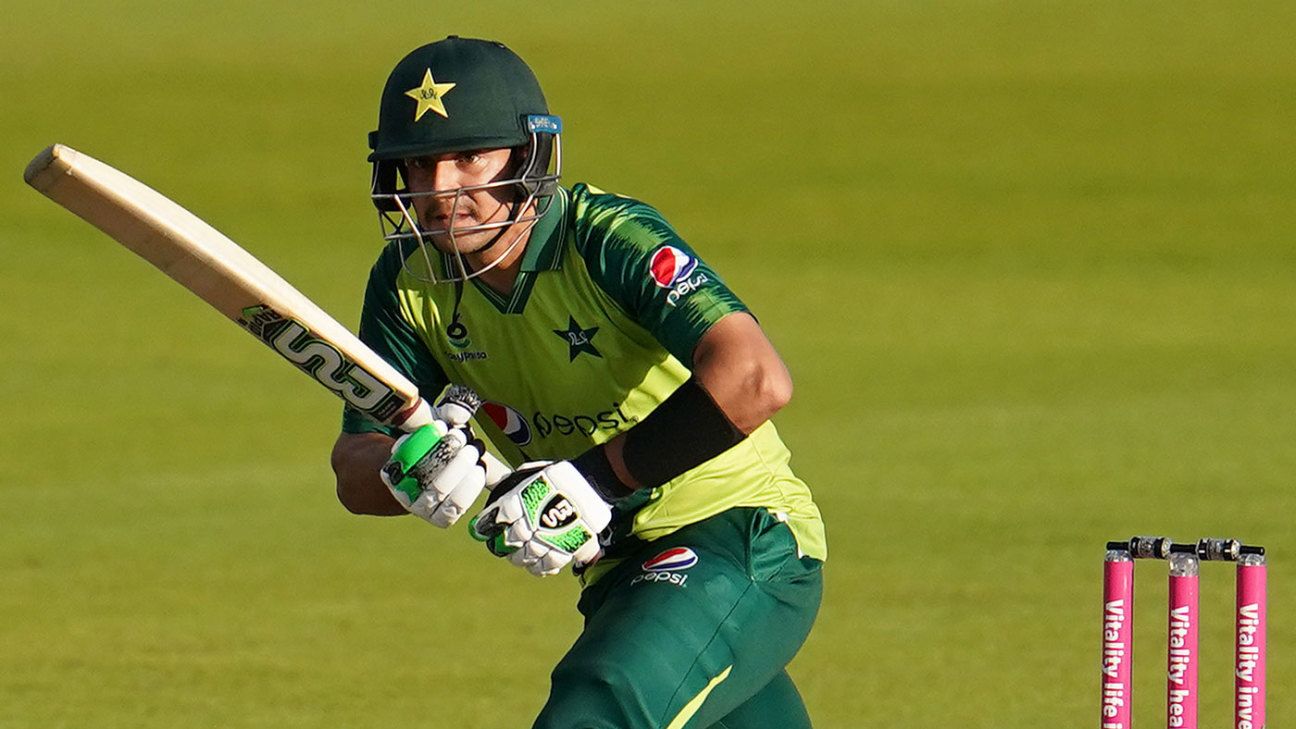
While the top-order trio of Babar Azam, Mohammad Rizwan and Fakhar Zaman shone brightly during Pakistan's 3-1 T20I series win in South Africa, the performances of the middle and lower order weren't quite as convincing. The final match of the tour was a case in point: Pakistan slipped from 92 for 1 to 129 for 7 before Mohammad Nawaz steered them home in a chase of 145.
One middle-order batter who came under the spotlight in particular was Haider Ali, who made scores of 14, 12 and 3 in his three visits to the crease during the T20Is. Pakistan's batting coach Younis Khan has termed the 20-year-old Haider a "future star", and has backed him to succeed, given enough chances to settle into his role in the side.
"Haider is a future star and very much capable," Younis said in a virtual conference. "His natural game is attacking, and I still remember he smacked a six off his very second ball on debut. I understand he has played a lot of games since then, and missed a few opportunities to grow, but we have to give him time [to grow into his role]. He was opening in the previous series, and then, when he was playing in the PSL for his franchise, he put up some amazing performances lower down the order. Here too we tried to use him in that [middle-order] role.
"I struggled for four years when I came into international cricket. I was lucky that my performances didn't get highlighted. But at the same time when you come into international cricket there is a big responsibility on the player himself. You represent a 220 million population and it's up to you in the end, regardless of anything. You have to prepare yourself for this big opportunity and you have to give everything to make it count. We have a responsibility as a coach but the players are growing into their roles, and they will make mistakes, otherwise you can't learn."
Haider made his T20I debut during the tour of England last year, scoring a half-century on debut batting at No. 3. After batting in that position in his first five T20Is, he has moved up and down the order, opening on three occasions and batting at No. 5 during the tour of South Africa.
All that shuffling has coincided with a lean patch. After starting his career with two fifties in his first three innings, he's only crossed 20 once in his last nine innings, causing his overall average to drop to 20.91. Asif, meanwhile, has struggled to replicate the hitting ability he's shown in domestic T20s in international cricket. While he averages 25.06 and boasts a strike rate of 146.98 in all T20 games, his corresponding T20I numbers are a modest 17.14 and 124.72 respectively.
Reflecting on the overall performance of the middle order, Younis said the batters are still learning their roles, and will learn from their mistakes in time.
"It's a young team, players are settling, and they aren't clear about their [batting positions] yet, but they will be going forward," Younis said. "We have the Zimbabwe series now, and it's a good chance for the youngsters to go out and play the role that is being worked out for them, and in which we want to see them grow, because we have some very tough cricket coming up, with the T20 World Cup in India. The top order is vital, but the lower order is equally important, which is where we are lagging behind, and we have to address this to get to the top."
At the same time, Younis urged the batters to take ownership of their own performances in order to raise their game.
"We are playing constant cricket day and night and we can't really push players all the time. They should themselves understand. There is not much time to do technique work, [we focus] mainly on the tactical aspect. I speak with players and always tell them not to come back without finishing their job, but then in the last T20 for example we saw Fakhar and Babar left it unfinished and suddenly the situation turned out that we couldn't even score a run a ball.
"Players need to understand their game and take ownership of their performance. It's not club-level cricket where us coaches can discipline a player using a stick. We do have a role but the players need to themselves realise how they can bring success to their game."
Younis joined the Pakistan set-up in England last year and has taken on the role full-time since the 2020-21 tour of New Zealand. Over the last one year, Pakistan have picked a number of players without too much experience in domestic cricket, often turning to youngsters who have shown flashes of brilliance in the T20 format, particularly in the PSL.
Younis believes a player must have a certain amount of experience in domestic cricket before being picked for Pakistan, in order to be ready for all the situations that international cricket may throw their way.
"If you are picking anyone for Test cricket then he should have sufficient first-class experience behind him," Younis said. "If it's for T20 or one day he should have played adequate List A games. But then these days, whether it's the media, or the commentators, or YouTube channels, they build pressure on teams, coaches, and selectors to pick certain players. They say, 'pick this player,' because they think he is ready, but then he has played only two T20 matches. So this pressure is created by the media prompting selectors to pick players.
"We speak about young blood a lot, and yes, T20 and one-day cricket are about young blood. But it's also important to pick players who are mature, who have the fitness and the commitment, and who have enough cricket under their belt. It's important to pick the best players who have the experience, and who won't score five runs an over when you need 10 an over, and won't aim for 15 runs an over when you need five an over."
When asked how much time a player should be given before the selectors make a final decision, he said: "I am a batting coach and very much part of the support staff, but the final decision about the selection of any player isn't mine. It's not my decision on how many opportunities a player should be given - for all this, we have chief selectors, head coach and captain, and it's their prerogative. But in my personal opinion if any player plays two to three series, he will perform if he has the caliber. So I can only give my recommendation but the final decision lies with the captain and head coach. We are trying to figure out a right combination with players who are suitable for different situations and who can perform."
Umar Farooq is ESPNcricinfo's Pakistan correspondent
Lawrence tweets response to motivation critiques

Presumptive No. 1 overall pick Trevor Lawrence said in a series of tweets Saturday that quotes made by him that have led some to question his motivation are being "misread."
"I am internally motivated - I love football as much or more than anyone. It is a HUGE priority in my life, obviously. I am driven to be the best I can be, and to maximize my potential. And to WIN," Lawrence explained in the first of three tweets.
He added as part of a second tweet, "I don't need football to make me feel worthy as a person," but that he truly loves everything that comes with the game.
The sentiment that football is not everything to Lawrence echoes comments he made in a Sports Illustrated article published earlier this week. In that piece, the Clemson quarterback said, "It's not like I need [football] for my life to be O.K. I want to do it because I want to be the best I can be. I want to maximize my potential. Who wouldn't want to? You kind of waste it if you don't."
"It's hard to explain that because I want people to know that I'm passionate about what I do and it's really important to me, but ... I don't have this huge chip on my shoulder, that everyone's out to get me and I'm trying to prove everybody wrong," he told Sports Illustrated. "I just don't have that. I can't manufacture that. I don't want to."
Those comments led some to criticize the man most expect to be the Jacksonville Jaguars' franchise quarterback.
Lawrence seemed to answer those detractors.
"I have a lot of confidence in my work ethic, I love to grind and to chase my goals. You can ask anyone who has been in my life," Lawrence tweeted. "That being said, I am secure in who I am, and what I believe."
The quarterback closed out his rebuttal by disclosing his outlook on life and also with a joke.
"I am a firm believer in the fact that there is a plan for my life and I'm called to be the best I can be at whatever I am doing," he tweeted. "Thanks for coming to my TedTalk lol."

KANSAS CITY, Mo. -- The Kansas City Royals traded outfielder Nick Heath, who had been designated for assignment earlier in the week, to the Arizona Diamondbacks for minor league pitcher Eduardo Herrera on Saturday.
The 27-year-old Heath, a speedster with a spotty bat, has been on the fringe of making the Royals' major league club the past several years. He finally made his debut last year, appearing in 15 games in the shortened season for Kansas City.
With a glut of outfielders, though, the Royals decided to trade Heath for some additional bullpen depth.
The 21-year-old Herrera signed with Arizona as an international free agent in 2016. He began his career as a catcher and infielder but converted to pitching two years ago with promising results. He has yet to move beyond Class A.

Masahiro Tanaka allowed Sho Nakata's two-run homer in the first inning of the pitcher's return to Japanese baseball, a 4-1 loss for the Tohoku Rakuten Golden Eagles to the Hokkaido Nippon Ham Fighters at the Tokyo Dome on Saturday.
The 32-year-old right-hander signed with the Pacific League club in January after completing a $155 million, seven-year contract with the New York Yankees.
Tanaka (0-1) allowed three runs and four hits in five innings with five strikeouts and a walk. He also gave up Kazunari Ishii's home run in the second.
The defeat ended Tanaka's 28-game regular-season winning streak in Japan.
Tanaka was 78-46 with a 3.74 ERA for the Yankees and was 99-35 with a 2.30 ERA in seven seasons with the Golden Eagles.
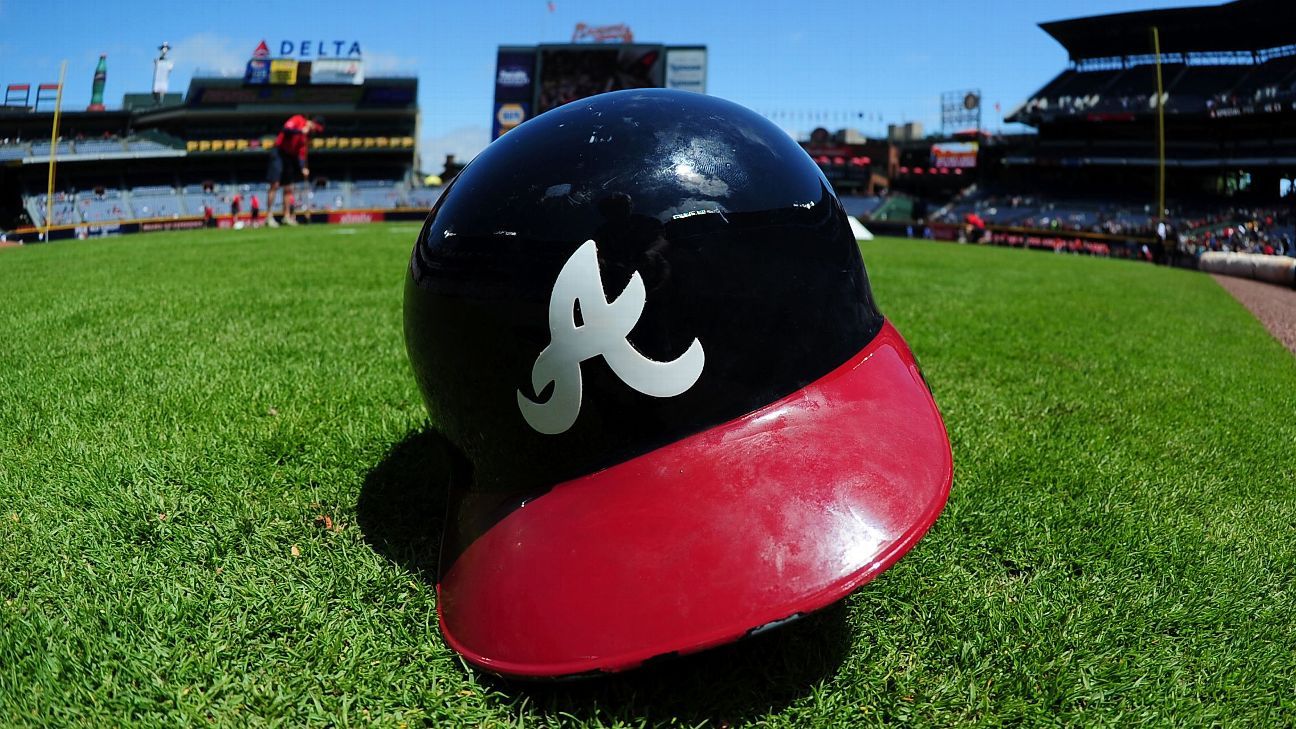
The Atlanta Braves placed 36-year-old infielder Sean Kazmar Jr. on the active roster Saturday, a move that put a big smile on the face of manager Brian Snitker.
And for good reason. Kazmar hasn't played in the major leagues in more than a decade.
"That was probably one of the greatest moments I've had as a manager at all the levels, quite honestly," Snitker said of informing Kazmar of his return. "It's amazing. You go from '08 to 2021, in between, you've got to be kidding me, to have the perseverance and the dedication and the drive."
Kazmar last played in the major leagues on Sept. 23, 2008, with the San Diego Padres, appearing in 19 games that season for his only major league action. He has since played in Triple-A for the Padres, Seattle Mariners, New York Mets and Braves.
Kazmar's gap between major league appearances would be the longest since 1950, surpassing Minnie Minoso (12 years, 68 days) and Satchel Paige (12 years, 3 days). The most recent player with a longer gap was right-hander Ralph Winegarner, according to the Elias Sports Bureau. Winegarner played on June 23, 1936, for the Cleveland Indians and did not return to the majors until July 7, 1949, with the St. Louis Browns -- a span of 13 years, 14 days.
The Braves also placed left-hander Jesse Biddle on the active roster, recalled right-handed pitcher Bryse Wilson, placed left-hander Sean Newcomb on the injured list and put outfielder Ender Inciarte on the 10-day injured list with a strained left hamstring.
The Associated Press contributed to this report.
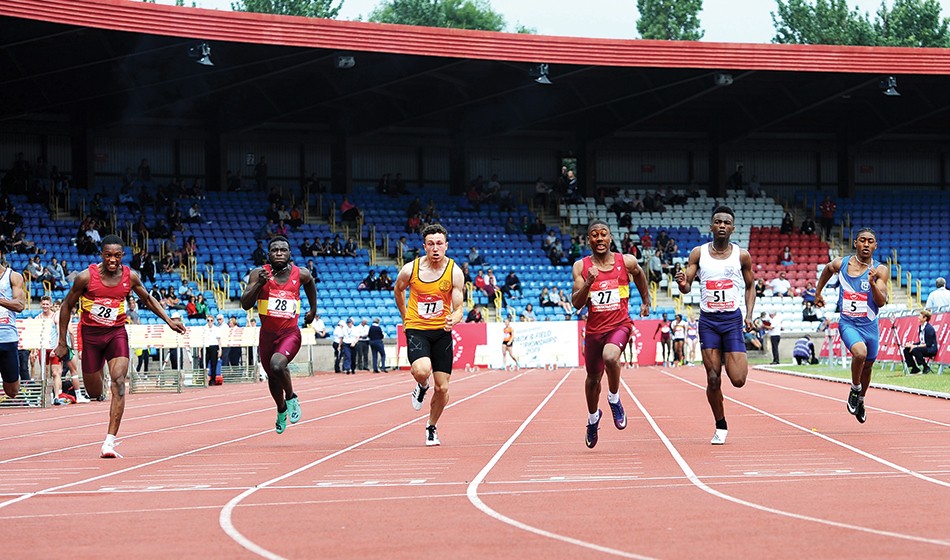
New research has underlined the concerning issue of young athletes walking away from the sport too early. But there are potential solutions out there
Walking away from sport is not unusual in the teenage years. Statistics lay bare the casualty rate of talented youngsters bailing too soon, undone by the pressures of puberty and exams, injuries and other interests. These dropout rates spike during adolescence and the tricky transitional period from junior to senior age groups in any sport – and athletics is no exception.
In its own analysis of young athletes who competed in track and field in 2016-2018, England Athletics warned that “while participation levels seem to be decreasing, dropout levels are also high”.
Of 24,854 athletes aged 13 to 19 who competed in track and field in 2016 (71% of them members of affiliated clubs), 43% of them did not compete again the following year. The same churn rate existed between 2017 to 2018 and the drift away was highest amongst 16 and 17-year-olds, who failed to return at alarming rate of 30% each year.
Such stark statistics are nothing new and have been highlighted in past issues of AW. In 2016, the former AW editor Mel Watman did his own survey of young athlete statistics, looking at what happened to the 90 winners of English Schools track and field titles at the 2006 championships.
A decade later, when the athletes would have been aged between 24 and 29 years old and at the peak of their careers, Watman found that just 11 of the 42 winners of girls’ events and eight of the 48 boys’ winners went on to gain a senior international vest.
Meanwhile, in a series of studies conducted at Liverpool John Moores University by the former GB heptathlete and sprint hurdler Dr Karla Drew as part of her PhD thesis, it was revealed that even the cream of under-20 athletes often fail to progress as seniors, with 63 per cent of those who competed for Great Britain at the IAAF World Junior championships in 1998-2012 not achieving a PB as a senior and 67 per cent of that prodigious group not gaining international honours as a senior athlete.
Why do athletes walk away?
Stemming the tide of the exodus is not straightforward. There is rarely one reason why athletes stop training and competing and it is the complexity of dropout that makes it so tricky to tackle.
However, in recent years, researchers have begun to nail down some of the specific reasons it impacts athletics, with findings that might spare the continual downward spiral.
Not that the studies always make for easy reading. In the most recent, published in the Journal of Sports Sciences recently by Robert Mann, an associate research fellow at the Children’s Health and Exercise Research Centre (CHERC) within the Department of Sport and Health Sciences, University of Exeter, presented sobering results.
For his trial, conducted in collaboration with England Athletics and part of an ongoing series focusing on youth withdrawal from the sport, Mann recruited 136 competitive adolescent distance runners (73 of them female) aged between 13-18 in England, all of whom were ranked in the top 50 in middle-distance events on Power of 10 (from 800m up to 10,000m and including steeplechase) for their age group (under 15, under 17 or under 20) in 2018.
From May to October 2019 – a timeframe chosen to reflect seasonal changes in competition – the athletes completed weekly online questionnaires about their training and health.
What he found was that “the incidence of running-related injury” per 1000 hours of running was “markedly higher” than in any previously published research. During the six-month investigation, athletes were plagued with unprecedented rates of illness and injury.
At any time, Mann discovered that almost one quarter (24 per cent) of the participants reported a health-related problem and, for 11 per cent, that included a health issue that had “a substantial negative impact on training and performance”. On average, each athlete suffered four new injuries – most frequently to the lower leg (27%), knee (19%), and foot/toes (13%) – and 2.8 new illnesses (including 65% upper respiratory, 11% lower and 10% non-specific). Female athletes reported “noticeably more” illnesses than male athletes.
Mann says the revelations are important in terms of piecing together what might go wrong so early in an athlete’s career.
“It’s not just a case of documenting how many under-13 age group athletes fail to make it to under-15 or under-17,” he says. “Ours is not an early specialisation sport and, in order to improve athlete retention rates, we need to be able to connect everything that happens in between.”
Previously, the CHERC team reported that overtraining was more common in young athletes taking part in individual sports, with 37% having experienced periods overtraining syndrome, compared to 17% of team sport athletes.
They also found that females and those competing at the highest representative levels experienced OTS more frequently.
Mann’s most recent research didn’t address whether the athletes might be training too hard too soon, thereby damaging their long-term development and negatively influencing their motivation to continue in the sport.
However, for his next study, Mann plans to re-examine the data from his latest athlete cohort to find out if there is a direct association between training load and injury or illness rate.
“We didn’t write it into the ethics application when we started the research, but there’s no reason why we can’t think about looking at what happens to these athletes in 10 years’ time,” he says.
The pandemic impact
In any ordinary year, Mann’s findings should set alarm bells ringing among coaches and team managers attempting to retain talented youngsters in the sport. But in 2021, after the Covid-19 pandemic decimated the competitive calendar and a year of successive lockdowns will undoubtedly have taken their toll on motivation, mental health and training opportunities for young athletes, the outcome of these factors combined could prove catastrophic.
Only time will tell whether the growth problems and injuries, lack of contact with coaches and minimal competition will drive even more youngsters away from the sport.
“A lot of young athletes cite a lack of advice about nutrition, growth and development and psychological support as problematic,” Mann says. “But that sense of isolation might have been greater during the pandemic.”
In her studies of the difficulties athletes face in negotiating the leap from junior to senior competition, Drew, now a lecturer in sports and exercise psychology at Staffordshire University, unearthed some similarly disturbing findings regarding variations in quality of guidance and support.
In interviews with six athletes (four female, two male) aged between 18 and 24, some of whom had successfully negotiated the transition and others who had not, Drew found the reasons to quit ranged from the relatively mundane – “In the end, it [motivation to train] just sort of fizzled out, it genuinely was as simple as that,” said one – to the concerning – “I actually moved to Loughborough as that was their [British Athletics’] suggestion, so me and [a fellow athlete] moved there to train together” said one athlete.
“When we got there, there was no coach, no performance coach. So, we were like, ‘what?’ After the first six months they still hadn’t got us a coach.” Whereas another said: “I’d trained really hard – too hard – when I was 18, 19, 20 because I was trying to catch up from when I was injured.”
“I was training five days a week which is too much for a kid that’s going through A levels trying to get to uni,” said another.
Turning the situation around
What can be done to improve a situation which has the potential to deliver dire consequences for the sport? Projects such as the Scottish Athletics National Academy, England Athletics Youth Talent Programme (YTP), Welsh Athletics National Development Programme and Athletics NI’s Youth Academy are important steps in the right direction, promising holistic pathways for athletes aged between 16 and 22.
Mann says the talent hubs set up at the University of Birmingham and Leeds Beckett University in 2020, a collaboration between England Athletics and British Athletics, London Marathon Events and TASS (Talented Athlete Scholarship Scheme) and designed to become centres where athletes (aged primarily between 17-23) and their coaches can receive physiotherapy, nutrition and biomechanical support, are another valuable stride forward.
Most of these, however, target what EA terms “identified, talented” athletes, not those below current elite level who might eventually progress and develop into potential future champions.
READ MORE: Coaching: The secret of longevity
“It is these sorts of support offerings that, in track and field as a sport, have historically been quite amateur,” Mann says. “One of the issues highlighted in our research is that many young athletes might benefit from access to this kind of support.”
They are also, of course, reliant on funding (the talent hubs are part of an 18-month pilot scheme activated from late 2019, within the UK-wide Talent Pathway) and, by virtue of these constraints, not accessible to all.
Where to go from here? Ask the athletes
There are signs that things might improve if research is acted upon. Mann and his Exeter colleagues plan to develop an injury prevention programme, possibly in the form of an app which will be accessible to all.
“We are in the preliminary development stages and are working with coaches, academics and athletes to develop the intervention strategies,” he says. “Once complete it will be the intellectual property of the university and we plan to make it widely available.”
Drew also used her findings to create a 12-session intervention programme “to educate and support young athletes going through and approaching the junior-to-senior transition”.
Sessions, delivered by an expert in the field, covered a range of topics including mentoring, parent and coach education, psychology support, Q&A sessions with senior athletes, goal-setting, physiotherapy and nutrition. These simple strategies might be what propel the sport’s potential in years to come.
But perhaps the best people to turn to for advice about dropout prevention are the athletes who have been through it themselves.
READ MORE: What happened to the English Schools class of 2006?
What might have worked for them? In Drew’s research she posed precisely that question and the responses were telling.
“Teaching coaches to support the athletes better”, “educating on the non-athletic kind of stuff, just stuff like nutrition and finances….like meal planning and how much sleep you need, how quickly you recover from training” and “I think the support of a psychologist or something like that is really beneficial because of the pressure you put yourself under and there’s a lot of pressure in those transition years” was among the feedback she received.
Most revealingly, one said: “The sport is full of people who are unbelievable as kids, unbelievable! Honestly, like the next best thing, and you never see them again. I would want to hear from those.”
Cuban pair in the spotlight as mixed doubles race commences

Jorge Campos and Daniela Fonseca Carrazana were the only pair to upset the seeding list, with the no.10 seeds earning an impressive 4-1 victory over the duo seeded three positions higher in Paraguay’s Marcelo Aguirre and Leyla Gomez (11-7, 11-4, 11-7, 7-11, 11-7).
The remaining Round of 16 fixtures played out according to seeding with all four decided in straight games.
Chile’s Juan Lamadrid and Paulina Vega looked more than comfortable at the table with the no.5 seeds powering past Colombian no.11 seeds Alexander Echavarria and Paula Medina. A commanding display from the Chileans from start to finish, in the end they dropped a combined total of just 15 points across the four games (11-5, 11-4, 11-3, 11-3).
Horacio Cifuentes and Camila Arguelles are also through to the quarter-finals, much to the delight of the host nation! Standing opposite Guatemala’s Hector Gatica and Mabelyn Enriquez, the third seeded combination from Argentina endured a tight opening game but grew from strength to strength as the match progressed (11-8, 11-5, 11-2, 11-6).
Fresh from securing his men’s singles ticket to the Tokyo Games, Alberto Miño is now looking to replicate the feat in the mixed doubles event and enjoyed the perfect start alongside Nathaly Paredes: the no.6 seeds from Ecuador saw off Guyana’s Shemar Britton and Chelsea Edghill in convincing fashion (11-9, 11-8, 11-7, 11-9).
Dominican Republic’s Wu Jiaji and Eva Brito were the other pair to advance after receiving a walkover win against Venezuela’s Cecilio Correa and Neridee Nino.
The mixed doubles action resumes from 14.00 local time with four quarter-final contests to be settled.


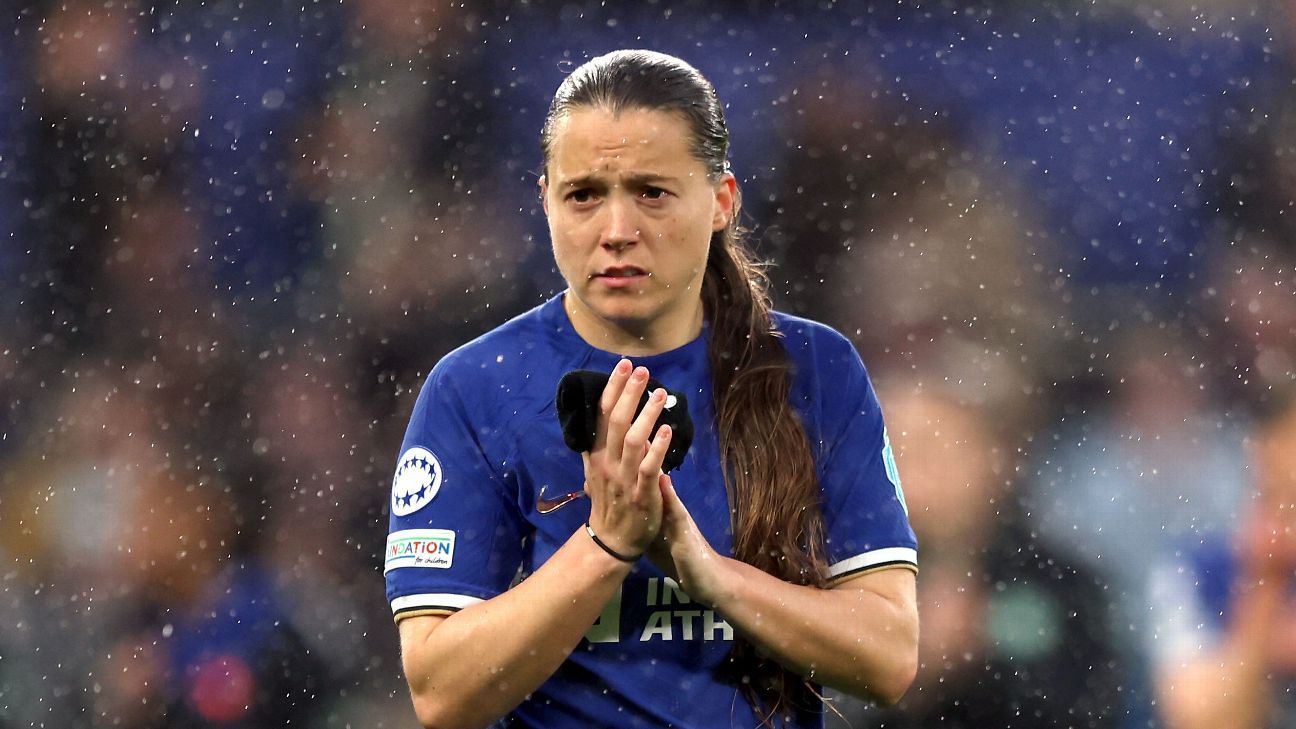










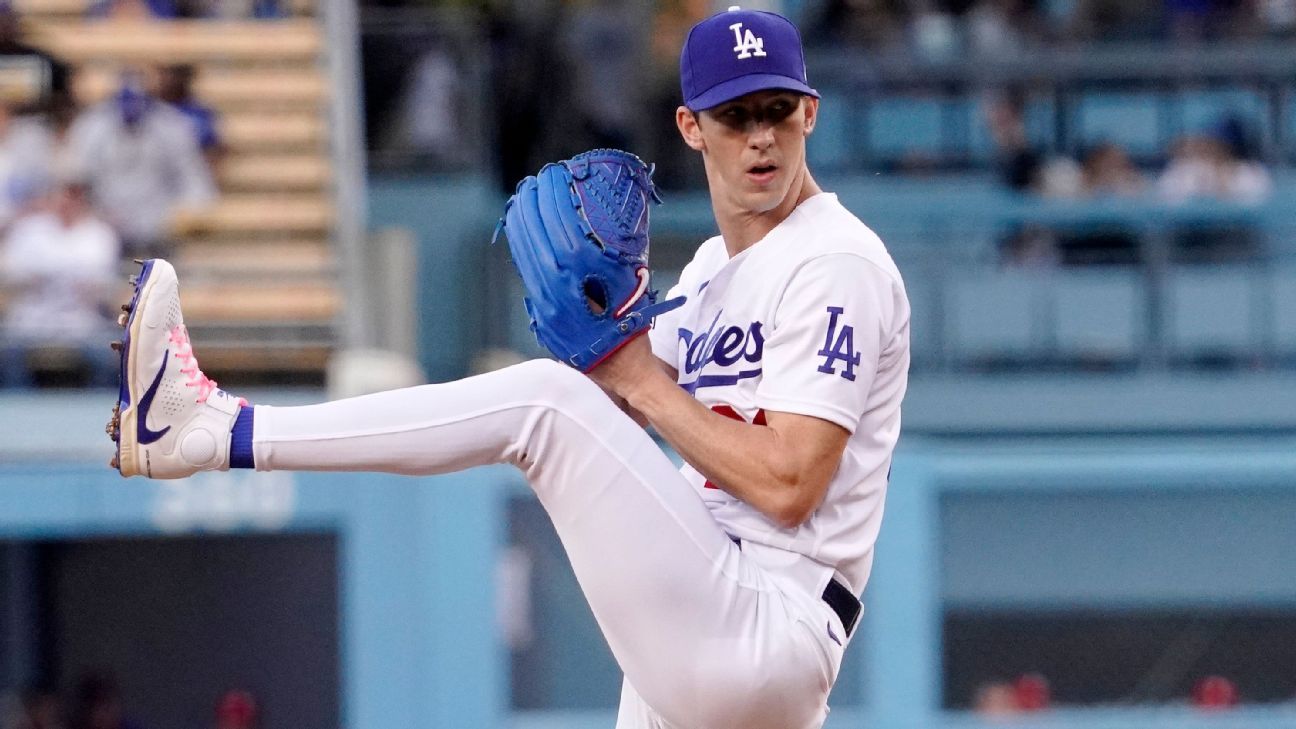

 Phone: (800) 737. 6040
Phone: (800) 737. 6040 Fax: (800) 825 5558
Fax: (800) 825 5558 Website:
Website:  Email:
Email: 






